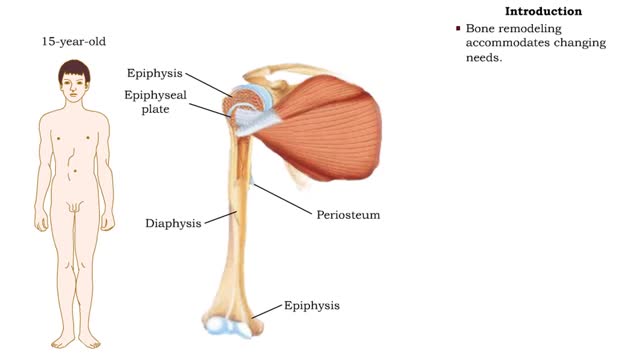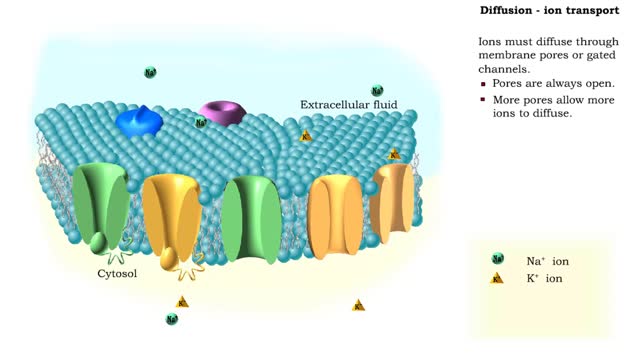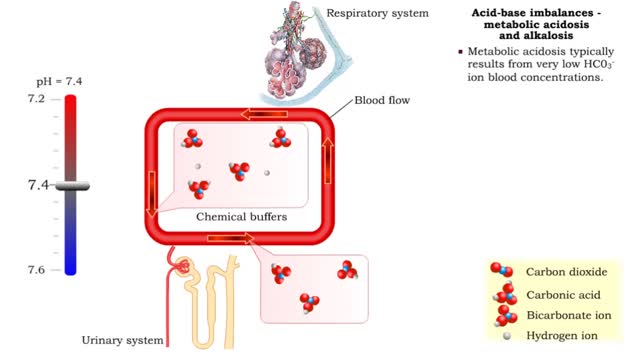Bone elongation - processes at the epiphyseal plate
• Interstitial lengthening occurs in only certain bones, primarily those of the appendages. • Such lengthening takes place at the epiphyseal plate, a layer of hyaline cartilage in the metaphysis of a growing bone. 1. Zone of resting cartilage. • Consisting of a hyaline cartilage pad made of inactive chondrocytes, this zone anchors the plate to the epiphysis. 2. Zone of proliferating cartilage. • The mitotic proliferation of chondrocytes in this zone pushes the resting cartilage outward, helping to lengthen the diaphysis. 3. Zone of hypertrophic. • In this zone, chondrocytes are stimulated to mature and enlarge, helping to lengthen the diaphysis. 4. Zone of calcified cartilage. • This thin zone of dying and dead cartilage cells cements the epiphyseal plate to the diaphysis and borders the creation of new bony matrix. • Osteoclasts remove the calcified cartilage and make way for osteoblasts to build new spongy bone trabeculae. • proliferation of chondrocytes increases cell number. • The increased numbers of chondrocytes enlarge, moving the epiphysis away from the diaphysis. This increases the length of the bone. • The larger amount of dying cartilage tissue is replaced with bone matrix thereby solidifying the resulting elongation.
Add To
You must login to add videos to your playlists.
Advertisement












Comments
0 Comments total
Sign In to post comments.
No comments have been posted for this video yet.